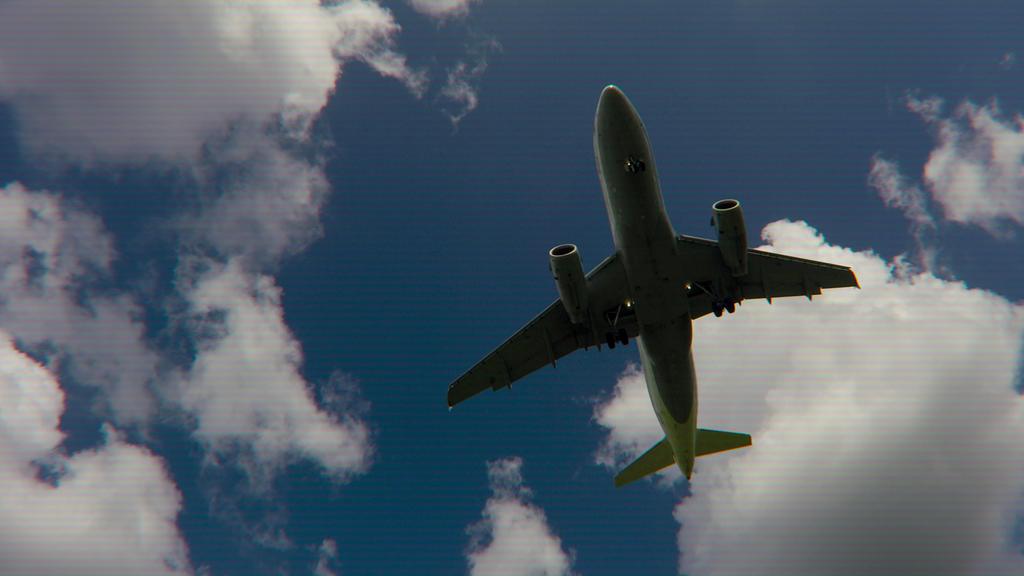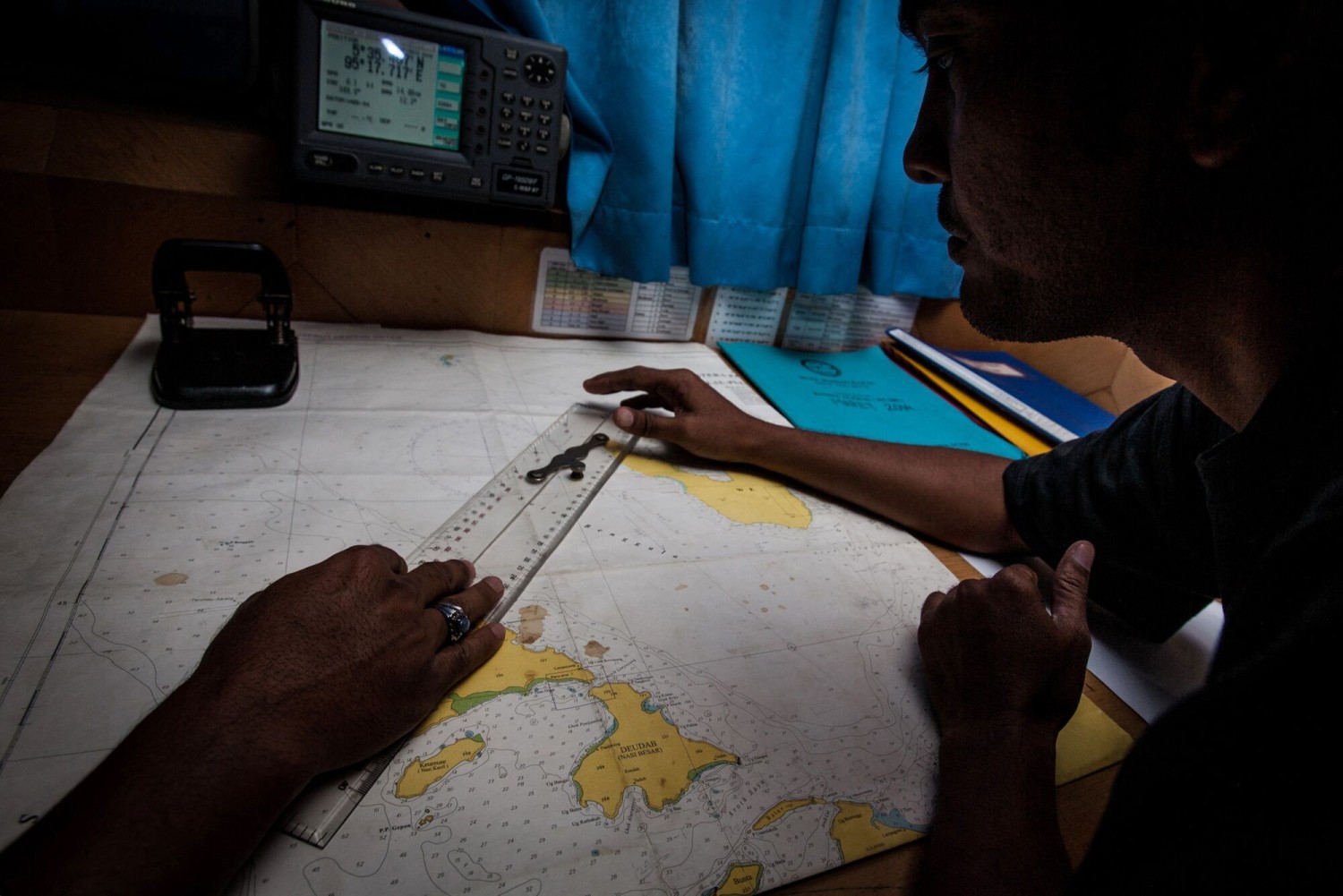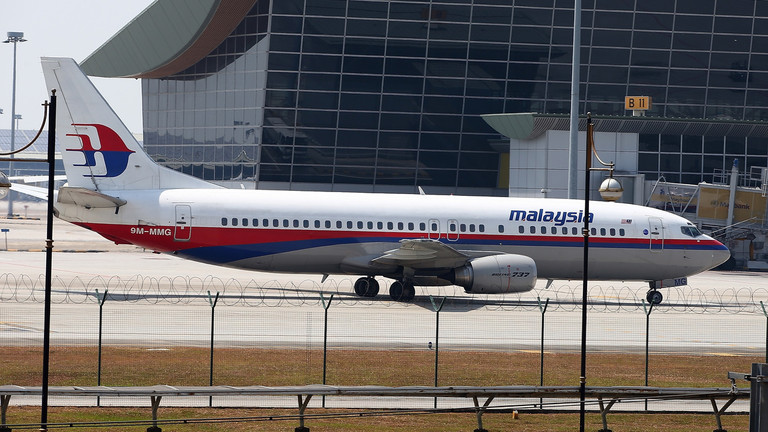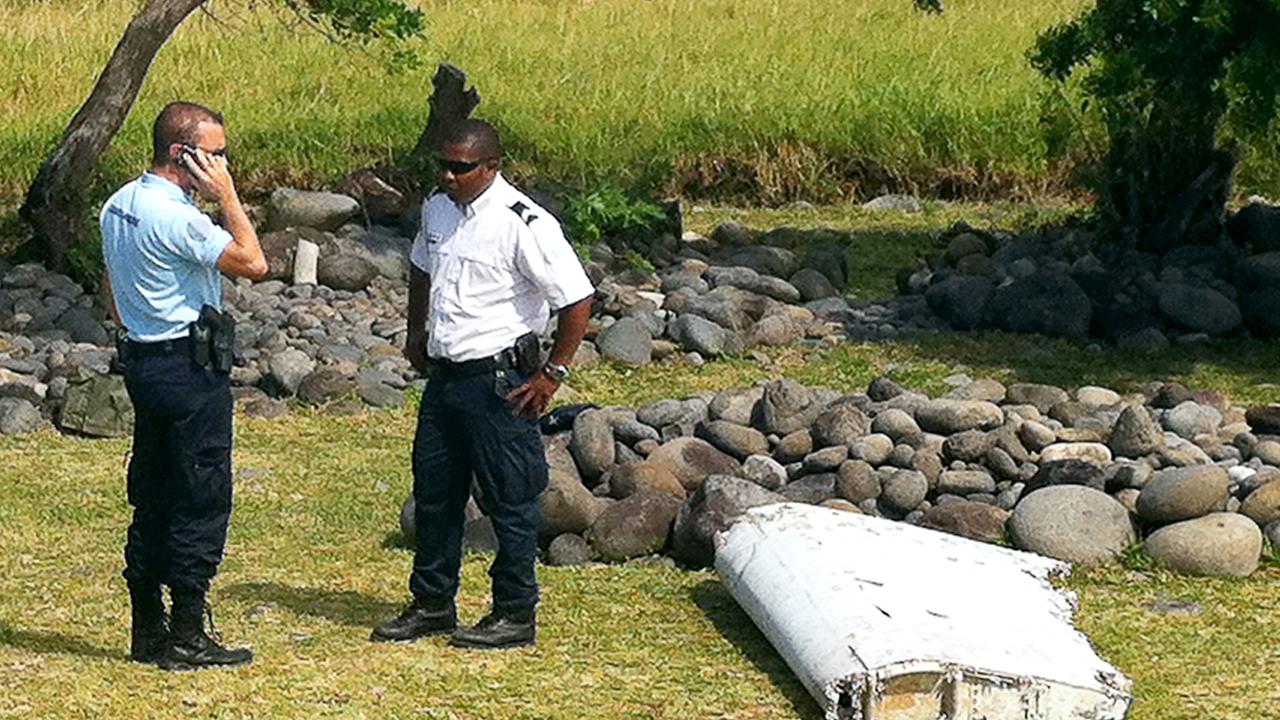This article is more than
8 year oldMissing plane MH370 dived from the air, new analysis shows
The Australian reports that Defence scientists found the crash occurred at 8.19am (WA local time) on March 9, 2014 in the Indian Ocean off Western Australia, after the plane ran out of fuel.
The plane’s left engine flamed out first and then the right went about 15 minutes later.
The Australian also reports that simulation tests by Boeing showed that after the plane’s engines lost power, MH370 would have slowed and lost lift.
The plane’s nose would have dropped and it would have plunged into downward swoops where it would have gathered speed and lifted, then fell down repeatedly before hitting the ocean.
Australian Transport Safety Bureau chief commissioner Greg Hood told The Australian that the pilot would not have been in control of the plane when it crashed.

Mr Hood said the new data showed it is likely to have crashed in the 120,000sq km area now being searched.
The new data comes as Malaysian officials said that one of MH370’s pilots plotted a path over the Indian Ocean on a home flight simulator, but warned this did not prove he deliberately crashed the plane.

The Malaysia Airlines jet was carrying 239 passengers and crew when it disappeared en route from Kuala Lumpur to Beijing on March 8, 2014.
It is believed to have crashed into the Indian Ocean, but an extensive hunt off Australia’s west coast is drawing to a close without any sign of the plane.
Pilot Zaharie Ahmad Shah had used a homemade flight simulator to plot a very similar course to MH370’s presumed final route, said Transport Minister Liow Tiong Lai.
But he emphasised this was just one of thousands of practice routes discovered on Zaharie’s hard drive.
“There is no evidence to confirm that (the pilot) flew the plane into the southern Indian Ocean,” he said.
The discovery of the flight simulator data was first reported last month by New York Magazine, which said the FBI had recovered the deleted files.
But the end point of the simulated route was some 1,450 kilometres from the area where the plane is believed to have gone down, the report said.

Zaharie was the subject of intense media speculation when MH370 first vanished, with reports scrutinising everything from his political beliefs to his mental health for clues as to what could have happened.
Australia, Malaysia and China, where most of the passengers were from, have agreed that when the current search area is fully searched, expected around December, they will pull the plug unless “credible new information” emerges.
Meanwhile, Australian MH370 search authorities are hopeful a wing part found in Tanzania will shed light on how the flight crashed, amid a lack of public information on debris found a year ago.

The first debris linked to MH370 — a two-metre-long wing part known as a flaperon — washed up on the French Indian Ocean island of Reunion a year ago.
But it has remained in the hands of French investigators, leaving questions unanswered on how the airliner entered the ocean.
“We have also seen some analysis from the French that suggests that it’s a possibility that (the flaperon) was in a deployed state,” Peter Foley, the Australian Transport and Safety Bureau (ATSB)’s head of MH370 search operations, told Channel Nine’s 60 Minutes.
Keywords
Newer articles
<p>Chinese officials say they "firmly oppose" the platform being divested.</p>
Ukraine ‘will have a chance at victory’ with new US aid, Zelenskyy says
Congress passes bill that could ban TikTok after years of false starts
Ukraine war: Kyiv uses longer-range US missiles for first time
How soon could US ban TikTok after Congress approved bill?
‘LOSING CREDIBILITY’: Judge explodes at Trump lawyers as case heats up
TikTok faces US ban as bill set to be signed by Biden
Claim rapper ‘made staff watch her have sex’
KANYE WEST PLANS TO LAUNCH 'YEEZY PORN' ... Could Be Coming Soon!!!
Megan Thee Stallion’s Ex-Makeup Guru Talks. It’s Not Pretty.




